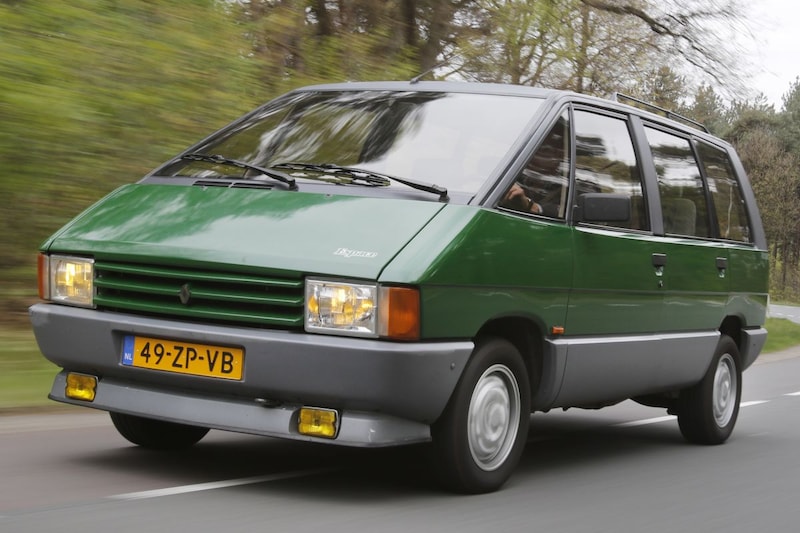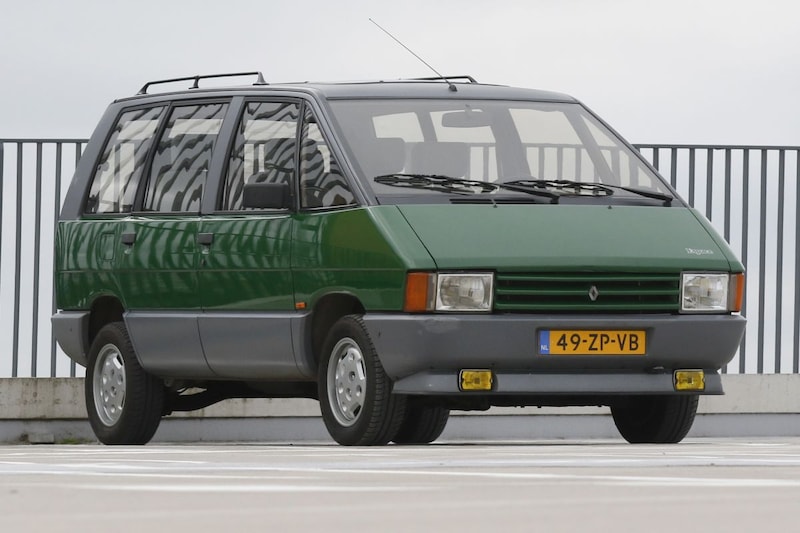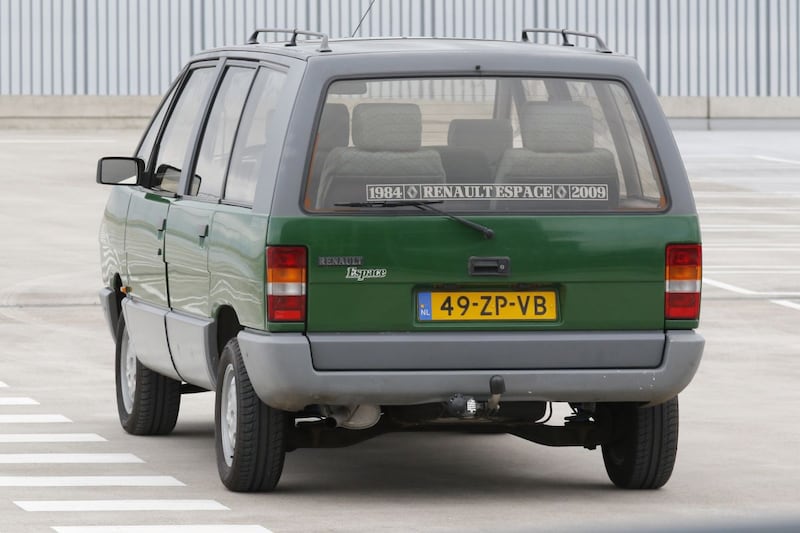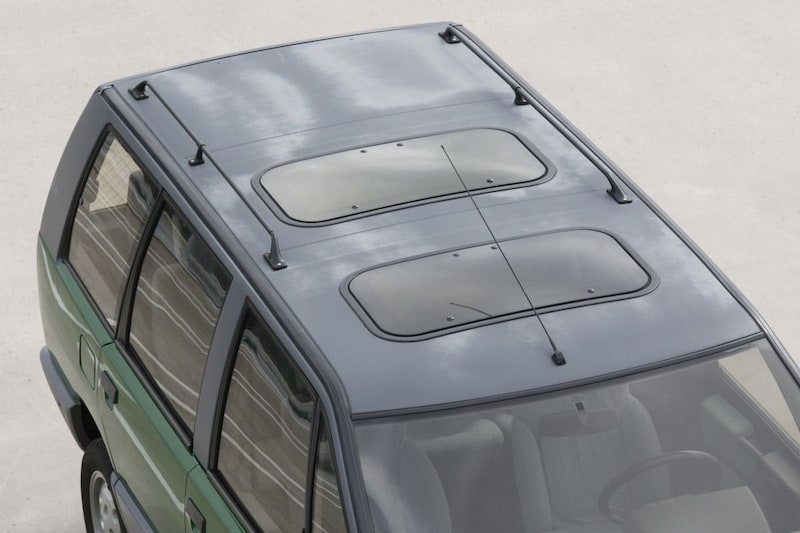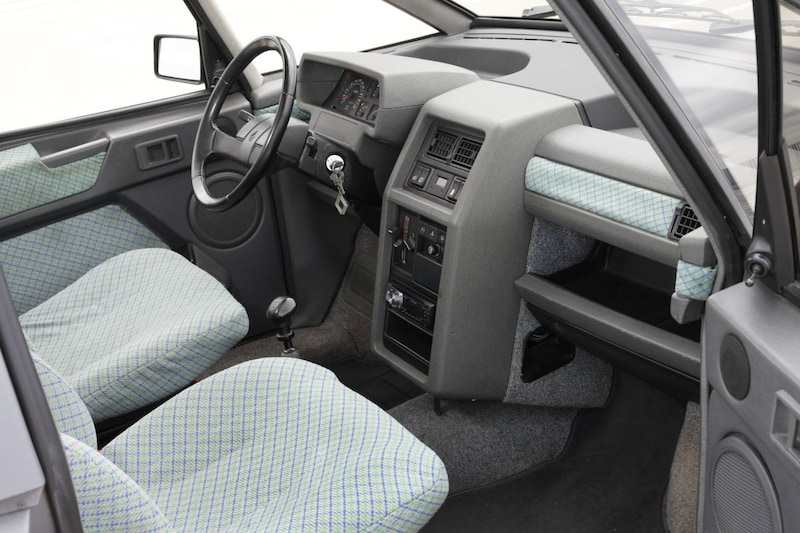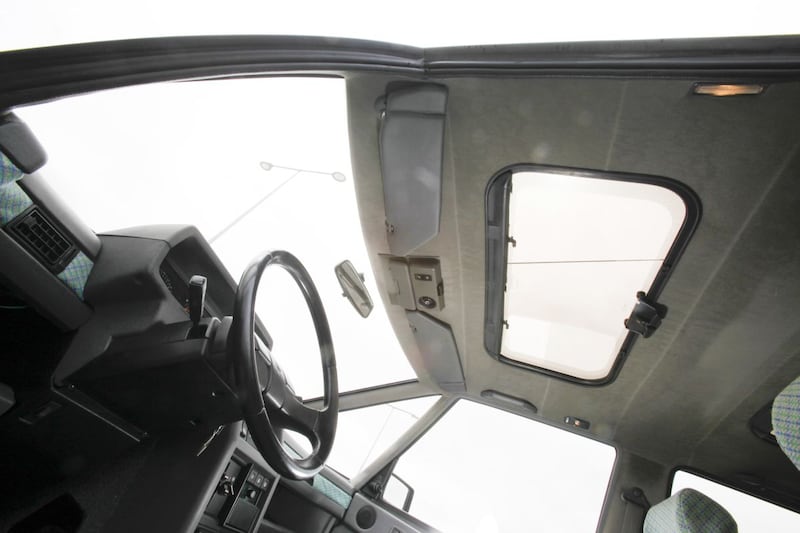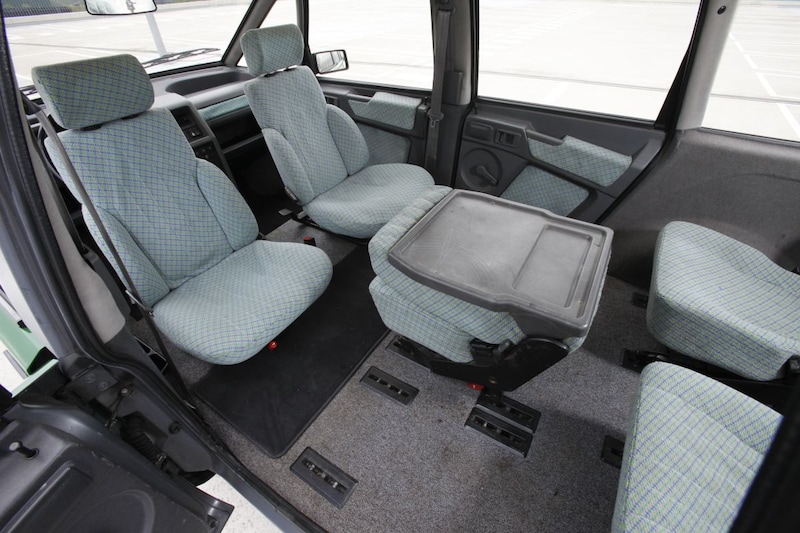Today, the MPV has almost been swallowed up by the SUV and the crossover. How different it was at the beginning of the 80s, when the MPV had yet to be invented! One of the pioneers in this area is Renault, although the credit for the first MPV does not go to that brand.
Which brand finally had the first MPV? That is a regularly recurring question. In fact, you should immediately examine the definition MPV. The abbreviation stands for Multi Purpose Vehicle. That versatility is a quality that you could also ascribe to a station wagon, hatchback or all-terrain vehicle. Are they also widely applicable? Anyway, with the term MPV we think of a kind of small bus with five or seven seats and a high entry. And when we think of MPVs, we quickly think of the Renault Espace and the Chrysler Voyager, two fledgling representatives of their kind. But then we should also mention the Mitsubishi Space Wagon (1983), the Nissan Prairie (1981) and the Honda Civic Shuttle (1983). That Nissan found its source in a previously published design. We go back a few years again, to 1978, when Italdesign, the design studio of Giorgetto Giugiaro, presented the Lancia Megagamma and thus laid the foundation for the MPV. In fact, he already did that in 1976, when he designed a New York Taxi based on an Alfa Romeo. A car that we should also mention is the Fiat 600 Multipla from 1956. And what about the DKW Schnellaster, which was already there in 1949? A monospace with front-wheel drive, just like the Renault in this article. In short, it is still difficult to determine exactly who the true inventor of the MPV is. But if we look at those of the most recent era, we can only call Giorgetto Giugiaro the founder.
Renault, which awarded itself the title ‘createur d’automobiles’, already had a multifunctional car in the house with the 16 in the 1960s. The Renault 16 was a mix of a sedan and a station wagon. And let’s not forget the 4, 5, 6 and Twingo. But where did the manufacturer come up with the idea for the Espace? For that we go to the 1970s. Designer Ferrus Pollock came into contact with Chrysler’s T115 project in the US and elaborated on it in the English design studio of that brand. For example, a seven-seater was designed based on the Simca 1307 and in collaboration with Matra.
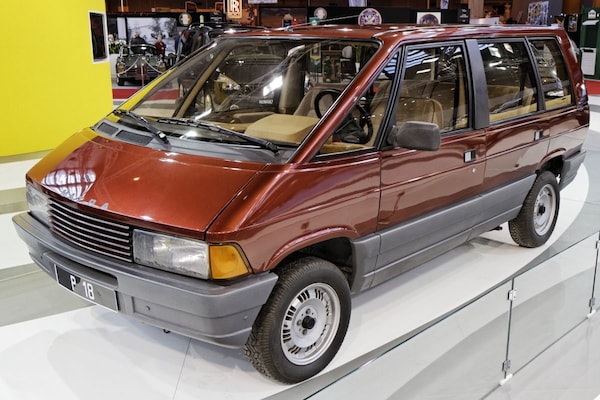
Mattress P18
Incidentally, the French designer Philippe Guédon also drew a kind of MPV at that time, which had to serve as the successor to the Talbot-Matra Rancho. In that car, presented under the name ‘design orange’, we see styling elements from the Rancho, as well as the lines of Pollock’s MPV. You can also recognize the lines of the New York Taxi that Italdesign had drawn in 1976. We are talking about a monospace, loosely translated a ‘one-space vehicle’. Everything points to the fact that every designer has been inspired by designs or ideas of others, as is customary in music. Pollock did not complete the project, he left for Citroën when Chrysler Europe was sold to PSA. Together with Matra, work was continued on project P16, which later evolved into project P18, an MPV based on a Peugeot, as can be seen from the headlights and door handles, for example.
We are now well underway and the observant reader will have noticed that the name Renault in relation to the MPV is still not in the picture. That’s right. Matra’s project P18 would be a Peugeot. But in the end PSA did not dare to press ahead. It thought the market was not ready for such a car. Moreover, Peugeot did not prosper in those years (the turning point only came with the arrival of the successful 205 in 1983). In short, Matra had to look for a new partner for project P18 or simply throw everything in the trash. Fortunately, the latter did not happen, because Renault turned out to have the guts to persevere. In 1982 Matra and Renault joined forces and project P23 was created based on the Renault 18. Two years later, the first production-ready Espace saw the light of day, with a 110 hp two-litre engine under the hood. The headlights and taillights come from the Trafic van and in the interior we see buttons, levers and switches from other Renaults from that time. Production, which started in August 1984, was outsourced to Matra Automobile in Romorantin, where the Talbot-Matra Murena was built until then. Because Renault did not expect huge sales numbers, they dared to hand over this task to a relatively small manufacturer. Indeed, not many copies were sold in the first year, but the following year the momentum picked up and the Renault factory (formerly Alpine) in Dieppe had to step in. The Espace model code J11 was on track!

Renault Espace
It is great that for this article we have found a very nice and well-preserved example of the first generation. It’s good that there are enthusiasts who preserve this automotive heritage! Arno Elshof is a Renault enthusiast in heart and soul and owns a 1984 Espace, a very early one. And that in the beautiful color Yucca Green. Can’t believe we’re standing here looking at a 37-year-old car. It was probably regarded in the 1980s at least as admiringly as the first Citroën DS in 1955. If there had been a terrestrial version of Star Wars, the Espace might have been Luke Skywalker’s space shuttle that freed Han Solo. Not only the design is special, also the construction. The body is made of plastic (a mix of fiberglass, mineral substances and polyester resin) and rests on a frame and chassis of galvanized steel. That also makes the Espace a very sustainable car. And the Cw value of 0.32 is also not that bad, given the height and angularity. Initially, only the two-liter petrol engine was on the program, in 1985 a turbo diesel (2.1 liter, 88 hp) was added. It may seem like a very large car, but with a length of 4.25 m it is just as long as an Opel Ascona of the time or as today’s Volkswagen Golf. At 4.85 m, the last generation Espace is 60 cm longer than its ancestor. That J11 was in production from 1984 to 1991, in 1988 it got a facelift.

Time to go for a walk with the green lady. The seat is nice and soft, but could be a little further back for me. That is also because the wheel arches are literally in the interior, so there is simply no room for your left leg. But because you are a bit higher, that is not too bothersome, as it turns out later. The all-round view is truly phenomenal, thanks to the enormous glass surfaces. By the way, you can see from those windows and window styles that this is a hand-built car, it is somewhat reminiscent of the windows in a coach. The carpeting seems to be from the local carpet discounter. The two-litre engine has more than enough punch for the not very heavy Espace. It is a wonderfully smooth and also quiet machine. He picks up from any speed nicely and also at highway speed it is excellent to hold out in the French MPV. We would also like to point out that there is already almost three tons on the clock. The rear suspension feels stiff and inquiry tells us why: Arno has mounted a set of auxiliary springs, because the carriage sags very far with six people on board.
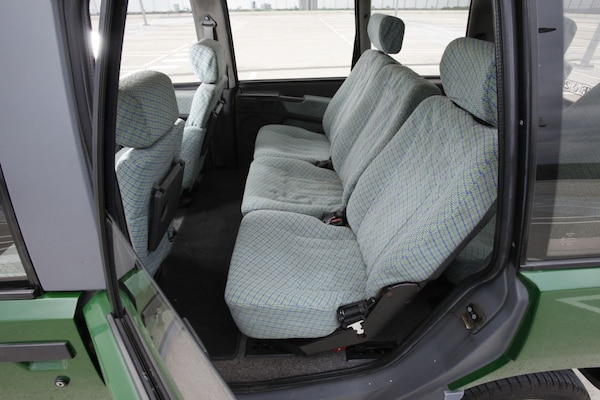
Also remarkable is the enormous amount of legroom in the two rear rows thanks to the clever construction of the seats. Anyone can stretch their legs! Maximum space in a fairly compact surface. genius. Even today’s MPVs don’t match this. On long distances, the old creature easily reaches 1 to 12. Okay, you don’t drive south at 180 km/h, but just 130 km/h, but what would that be? The fact is that the Espace carries six or even seven people in comfort. Cheers! And Peugeot? That only came ten years later with the first 806, which still resembles the Lancia Megagamma.
This article originally appeared in AutoWeek Classics issue 6 of 2017.
– Thanks for information from Autoweek.nl
